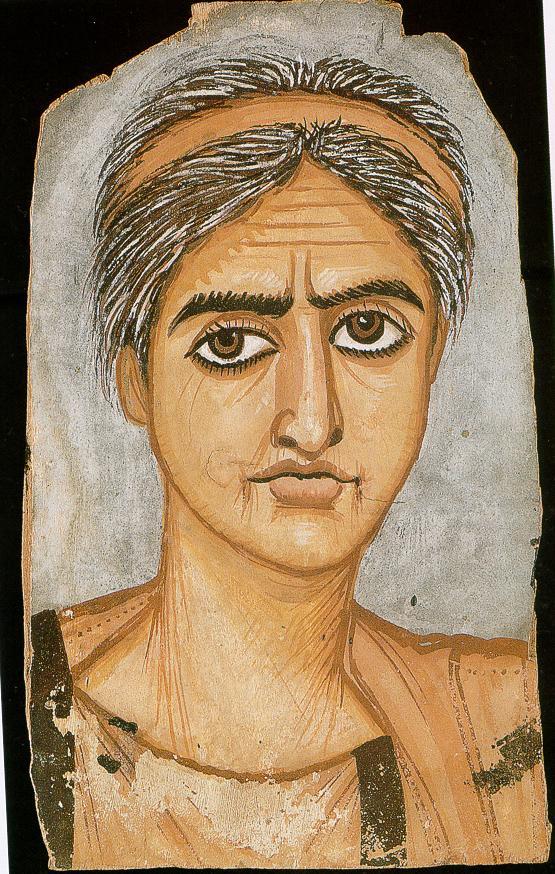Pal and her colleagues used participants who were already enrolled in the Kronos Early Estrogen Prevention Study (KEEPS), an ongoing study on the relationship between menopausal hormone therapy and heart disease. The 114 subjects of Pal’s study had all had their last period within the past three years, and none had used either hormone replacement therapy or cosmetic surgery. Both the depth and number of wrinkles in eleven locations across the face and neck, and the skin rigidity on forehead and cheeks were assessed for all 114 volunteers. In addition, the women were tested for skeletal mass and density. Skin rigidity correlated positively with bone density, but wrinkles did not.
As Pal states:
The worse the wrinkles, the lesser the bone density, and this relationship was independent of age or of factors known to influence bone mass.
Although it’s a bit depressing to think that our wrinkles are indicating aging inside as well as outside, there is a silver (gray?) lining. If these results are confirmed in larger studies, it could give doctors a quick way to assess which women should be monitored more closely for osteoporosis.

No comments:
Post a Comment